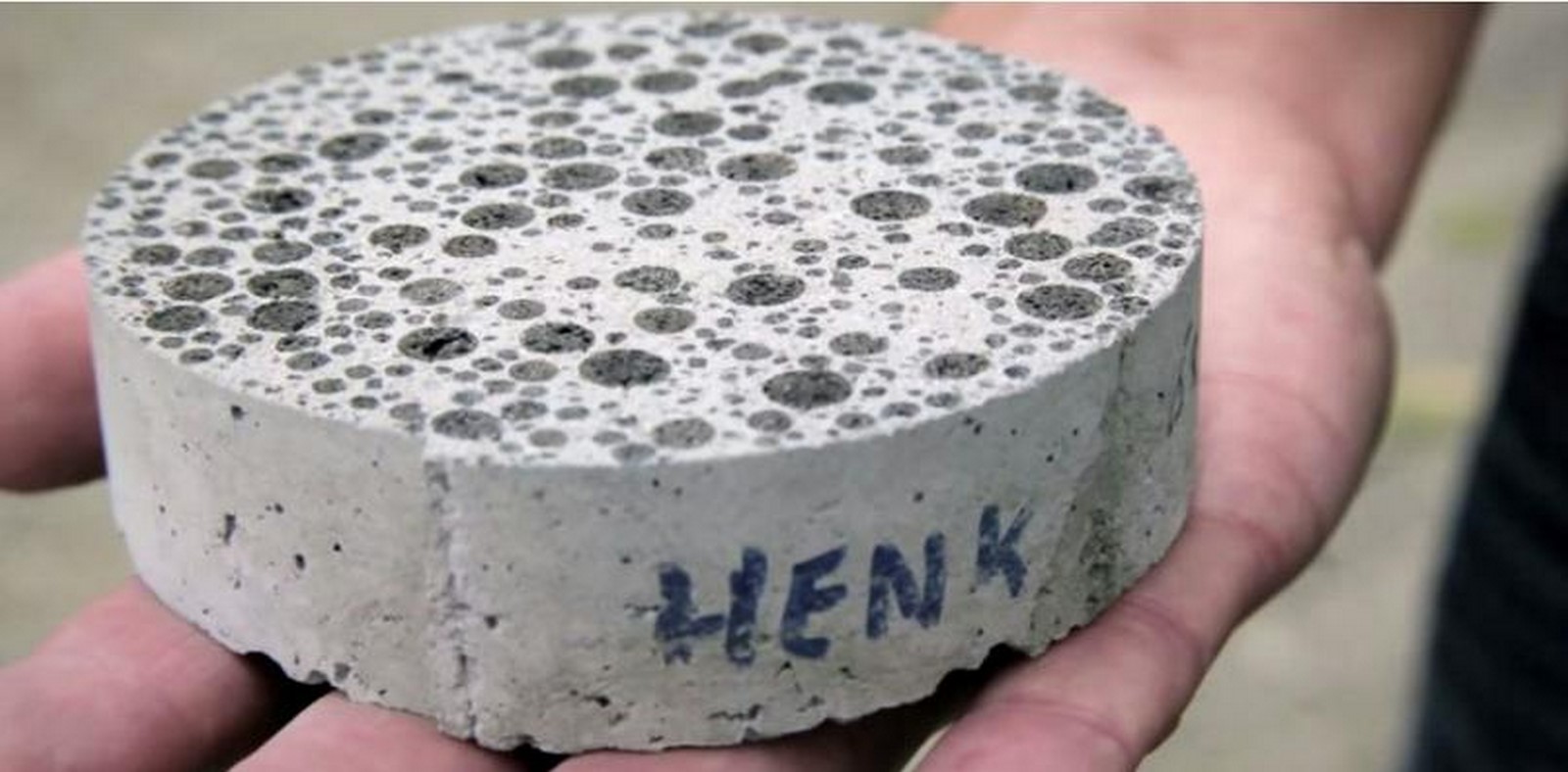In the ever-evolving world of architecture, one constant remains: the pursuit of innovative design and sustainability. To this end, smart materials have emerged as a beacon of creative possibility and environmental responsibility, offering architects, designers, and engineers a versatile toolkit for redefining the built environment.
Smart materials, also known as adaptive or responsive materials, represent a category of substances that possess the remarkable ability to respond dynamically to external stimuli. These stimuli can encompass a wide range, from changes in temperature and light to shifts in humidity and mechanical forces. It’s as if our buildings and structures are gaining a newfound sense of awareness, able to adapt and interact with their surroundings.
Consider thermochromic glass, a material that behaves as a sentinel of comfort and energy efficiency. This extraordinary glass changes its transparency in response to temperature variations. When the sun’s rays intensify, the glass darkens to reduce heat and glare, offering cooling benefits and saving on air conditioning costs. Conversely, on a cool day, it remains transparent, inviting natural light to warm and brighten the interior. It’s the perfect blend of practicality and aesthetics.

Sustainable Marvels
In an era where sustainability is not merely a buzzword but a necessity, smart materials are playing a pivotal role in reimagining how we construct and inhabit our buildings. One of the most fascinating examples is self-healing concrete, a material that carries the potential to revolutionize the longevity and environmental impact of our structures.
Within self-healing concrete lie dormant microorganisms. When cracks appear due to wear and tear, these tiny biological agents awaken, producing calcium carbonate to seal the gaps, effectively healing the concrete. The result is twofold: extended lifespans for structures, which reduces the need for frequent replacements, and decreased carbon emissions from the production of new concrete. This synergy of practicality and sustainability is supported by data from institutions such as Delft University of Technology and the American Concrete Institute.

Real-Life Impact
The influence of smart materials on architecture is not a mere theoretical concept; it’s a tangible reality that’s changing the way we design and build our world. Let’s explore some real-life examples that showcase the transformative potential of these materials.
The Edge, Amsterdam: This innovative office building is often celebrated as the greenest in the world. It features adaptive facades that respond to changing environmental conditions. Equipped with sensors and automated systems, the building’s glass panels can adjust their tilt to optimize daylight, reducing the need for artificial lighting and cutting energy consumption.

The BioSkin Facade at the ESO Headquarters, Germany: This is a testament to the melding of biology and architecture. The BioSkin facade is an example of biomimicry, drawing inspiration from the self-regenerating capability of human skin. It can open and close in response to sunlight, allowing for natural ventilation while minimizing solar heat gain.
The Eden Project, Cornwall, UK: This iconic architectural wonder boasts biomes covered with ethylene tetrafluoroethylene (ETFE) cushions. These transparent cushions provide an insulated environment that mimics natural conditions, allowing for the cultivation of a wide variety of plant species. ETFE is a lightweight, durable, and energy-efficient material that has numerous applications in sustainable architecture.

Harmony of Form and Function
What sets smart materials apart is their unique ability to seamlessly blend artistry with functionality. They enable architects and designers to craft structures that not only serve their intended purpose but also interact with their surroundings in a visually captivating manner.
Adaptive facades, for instance, represent one of the most compelling applications of smart materials in architecture. These facades feature materials that dynamically respond to changing environmental conditions. They can adapt to sunlight, modulating the entry of light and heat into the building while offering a striking visual display. This synergy between beauty and function represents a true paradigm shift in architectural design.
Into the Future
As we embrace the digital age and the Internet of Things (IoT), the integration of smart materials into a broader ecosystem of smart building systems becomes inevitable. This integration allows for the collection and analysis of data, which can be used to further optimize building performance and user comfort.
For instance, sensors embedded within smart materials can monitor environmental conditions, occupancy, and user preferences, allowing buildings to adapt in real-time. Smart windows, equipped with sensors, can adjust shading or transparency based on the angle of the sun and the comfort preferences of the occupants. This not only enhances efficiency but also allows for a more personalized and adaptive built environment.
Pioneers of Change
As this silent revolution continues to unfold, it’s essential to acknowledge the visionary minds who are at the forefront of this movement. Architects, engineers, and researchers collaborate to bring these innovations to life, often in partnership with leading research institutions. Renowned organizations such as the American Institute of Architects (AIA) and academic institutions like MIT and Cambridge University have played a pivotal role in shaping the trajectory of smart materials in architecture through groundbreaking research and innovative projects.
Conclusion
In conclusion, the adoption of smart materials in architecture is not merely a trend; it represents a transformative movement that is redefining how we design, construct, and inhabit our built spaces. From enhancing sustainability and energy efficiency to fusing artistry with functionality, smart materials are opening new horizons in architecture, creating a future that is not only technologically advanced but also more harmonious with the environment. The reshaping of architecture by smart materials is not just an evolution; it’s a revolution that will leave an indelible mark on the built environment.
References:
- Smart Materials and Technologies: For the Architecture and Design Professions. (n.d.). Routledge & CRC Press. https://www.routledge.com/Smart-Materials-and-Technologies-For-the-Architecture-and-Design-Professions/Addington-Schodek/p/book/9780750662253
- A new representation of systems with frictional unilateral constraints and its Baumgarte-like relaxation. (n.d.). Kyushu University. Retrieved November 3, 2023, from https://kyushu-u.elsevierpure.com/en/publications/a-new-representation-of-systems-with-frictional-unilateral-constr/fingerprints/
- The Massachusetts Institute of Technology (MIT). (2019). Massachusetts Institute of Technology. https://www.mit.edu/















